Cats have fascinated humans for centuries with their mysterious behavior, and while domestic cats are a common sight in households, big cats remain awe-inspiring creatures in the wild. Despite sharing a common ancestry, the way these two groups communicate with humans is vastly different. Understanding these differences not only enriches our relationship with our feline friends but also adds a layer of appreciation for their distinct behaviors. Let’s dive into the intriguing world of feline communication and explore how big cats and domestic cats interact with humans.
The Evolutionary Background
Both domestic cats and big cats originate from a common ancestor, the Felidae family, which explains certain similarities in their behavior. However, their evolutionary paths diverged millions of years ago. Domestic cats adapted to life alongside humans, developing behaviors that suited this new environment. In contrast, big cats evolved in the wild, honing skills necessary for survival. This divergence plays a critical role in how each communicates, with domestic cats being more attuned to human interaction than their wild counterparts.
Vocalizations: A Symphony of Sounds
Domestic cats are known for their diverse vocalizations, from the gentle purrs to the insistent meows. These sounds are primarily used to communicate with humans, as adult cats rarely meow at each other. Big cats, on the other hand, have a different vocal repertoire. Lions roar to mark territory, while cheetahs chirp to communicate with their cubs. These sounds are rarely intended for humans, highlighting a fundamental difference in communication strategies.
Body Language: The Silent Communicator
Cats are masters of body language, using subtle cues to express their feelings. Domestic cats might arch their backs or rub against their owners to show affection. In contrast, big cats like tigers or leopards use body language to assert dominance or signal aggression. For humans, understanding these cues is essential to avoid misunderstandings, especially when interacting with big cats in captivity or the wild.
Eye Contact: A Window to the Soul
Eye contact plays a significant role in feline communication. Domestic cats often use slow blinking as a way to show trust and affection to their human companions. This behavior is less common in big cats, where direct eye contact can be perceived as a threat. In the wild, maintaining eye contact with a big cat can be dangerous, as it may trigger a defensive or aggressive response.
Social Structures: Living Alone or in Groups
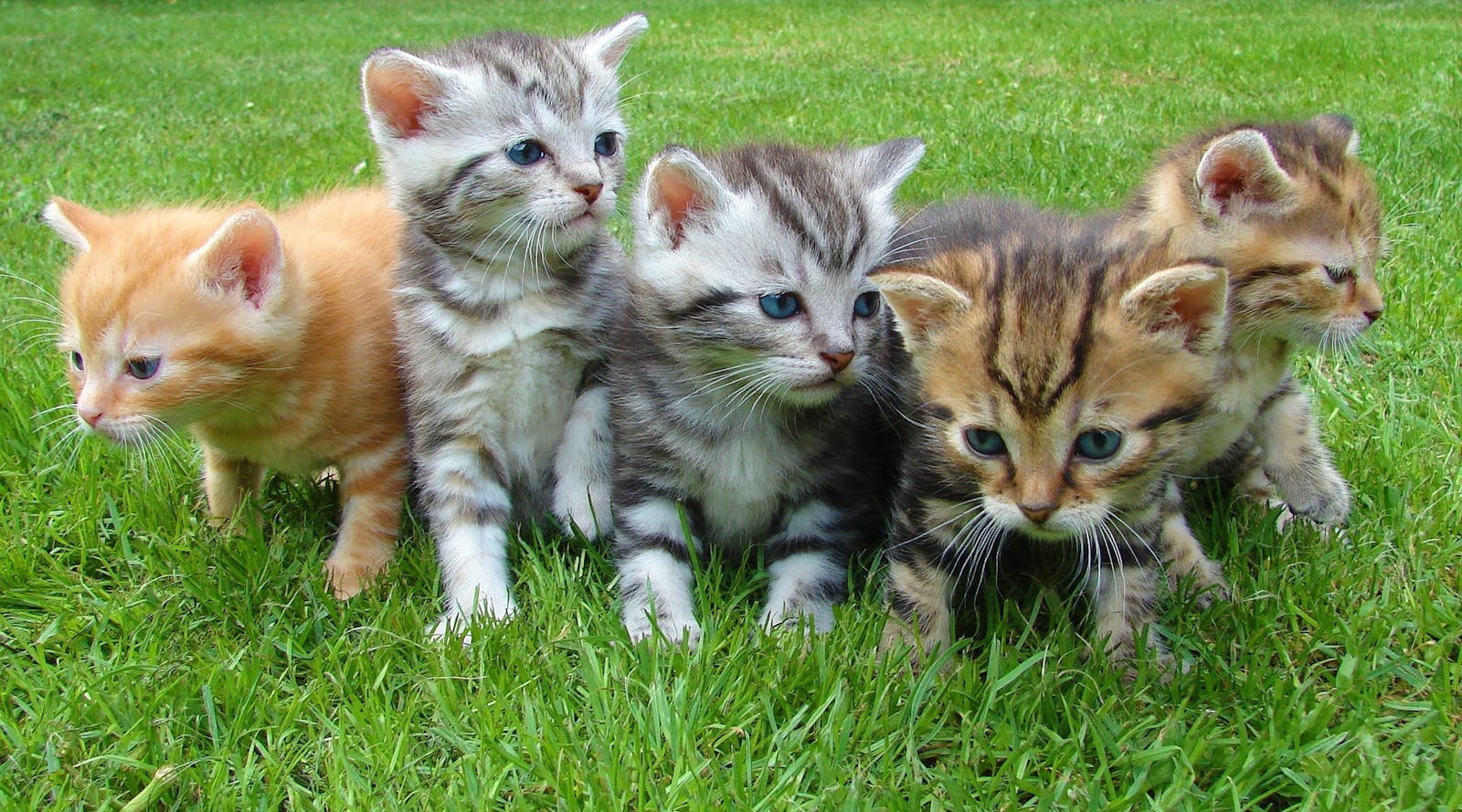
The social structures of domestic and big cats also influence their communication. Domestic cats can be solitary or form small social groups, often communicating through scent marking and vocalizations. Big cats, like lions, live in prides and have complex social hierarchies. Their interactions are often more about establishing dominance and territory, which differs significantly from the more social and affectionate behaviors of domestic cats.
Territorial Marking: The Scent of Ownership
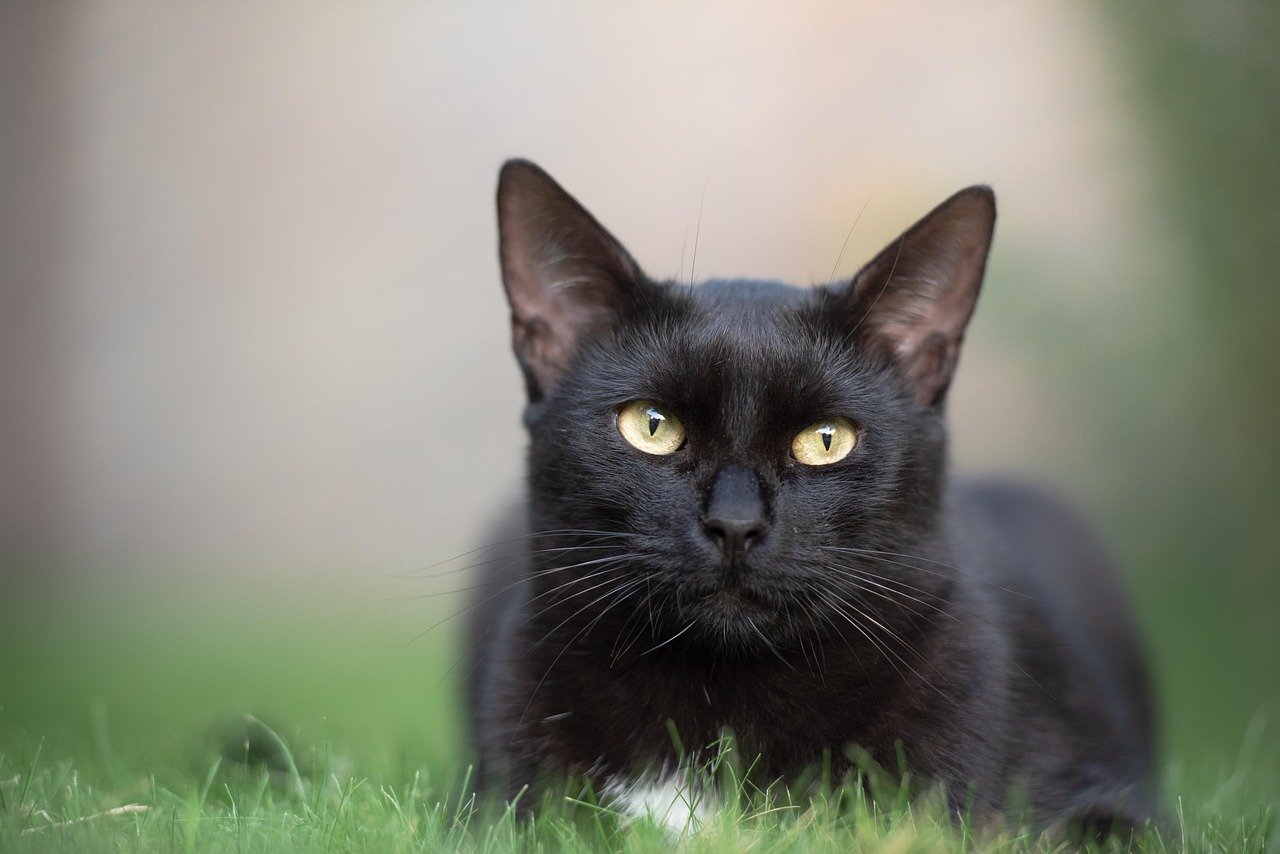
Both domestic and big cats use scent marking to communicate ownership of territory. Domestic cats might rub their faces against furniture or people to leave their scent, a gentle way of marking their territory. Big cats, however, use more robust methods such as spraying or scratching to mark their territory, a clear signal to other animals. For humans, understanding these behaviors can help in creating a harmonious living environment for domestic cats.
Affection and Bonding: Building Trust
Domestic cats have developed ways to show affection to their human companions, such as kneading or purring. These behaviors help strengthen the bond between cats and humans. Big cats, in contrast, have limited opportunities to bond with humans, often showing affection through grooming or gentle headbutts. Building trust with a big cat requires patience and understanding, as their natural instincts often prioritize caution over affection.
Play Behavior: A Universal Language
Play is an essential aspect of feline communication, with both domestic and big cats engaging in playful activities. Domestic cats often play with toys or engage in playful interactions with their owners, a behavior that helps strengthen their bond. Big cats also indulge in play, often wrestling with each other or stalking prey. For humans, observing play behavior provides valuable insights into a cat’s mood and health.
Feeding Rituals: Communication Through Food
Feeding times offer unique opportunities for communication between humans and cats. Domestic cats often meow or rub against their owners to signal hunger or anticipation of food. Big cats, in contrast, have more complex feeding rituals, often involving hunting or strategic planning. Understanding these behaviors can help humans provide better care for both domestic and captive big cats.
Adaptability: Coping with Human Presence
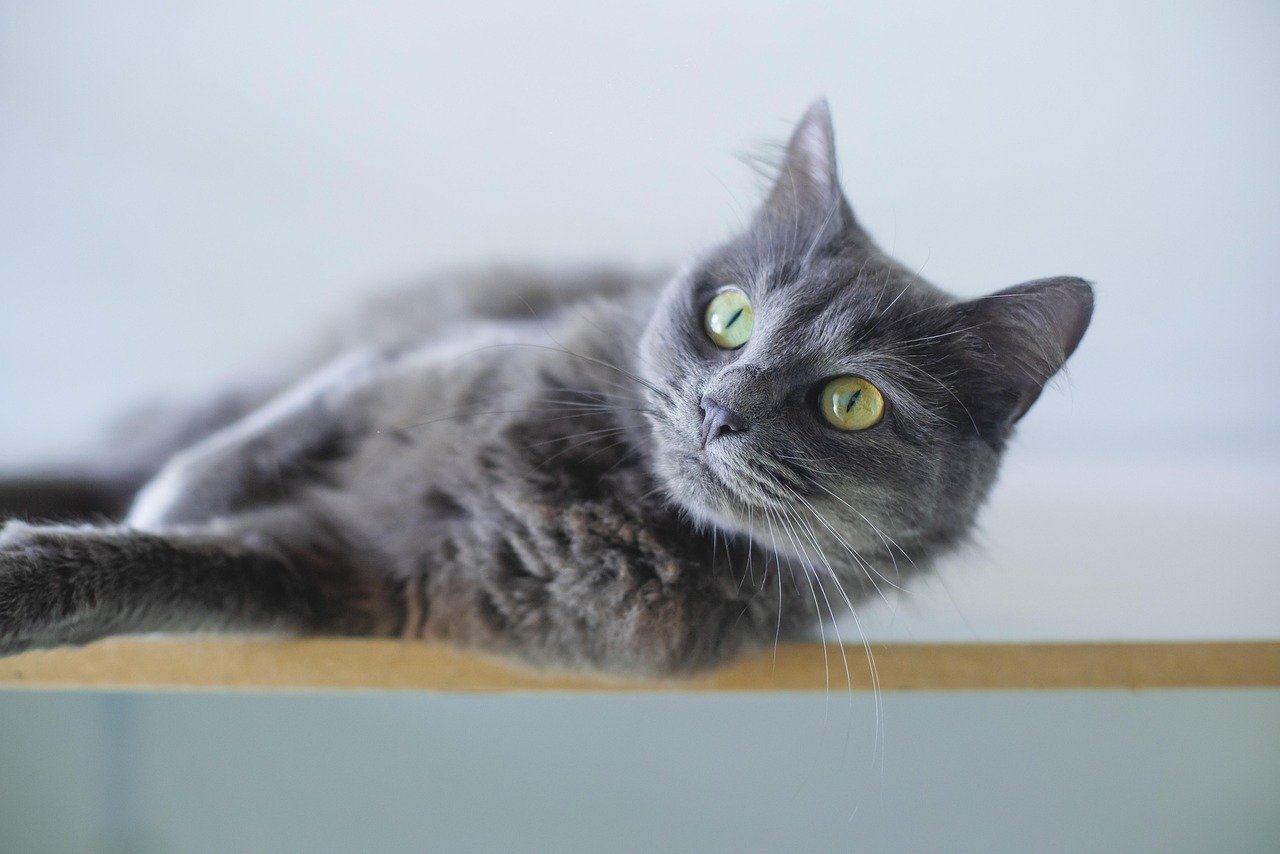
Domestic cats have a remarkable ability to adapt to human environments, often thriving in homes and urban settings. This adaptability is a result of their long history with humans. Big cats, however, face challenges when interacting with humans, often requiring special habitats and care. Their ability to adapt is limited by their natural instincts and needs, making conservation efforts crucial for their survival.
Fear and Aggression: Navigating Human Interactions
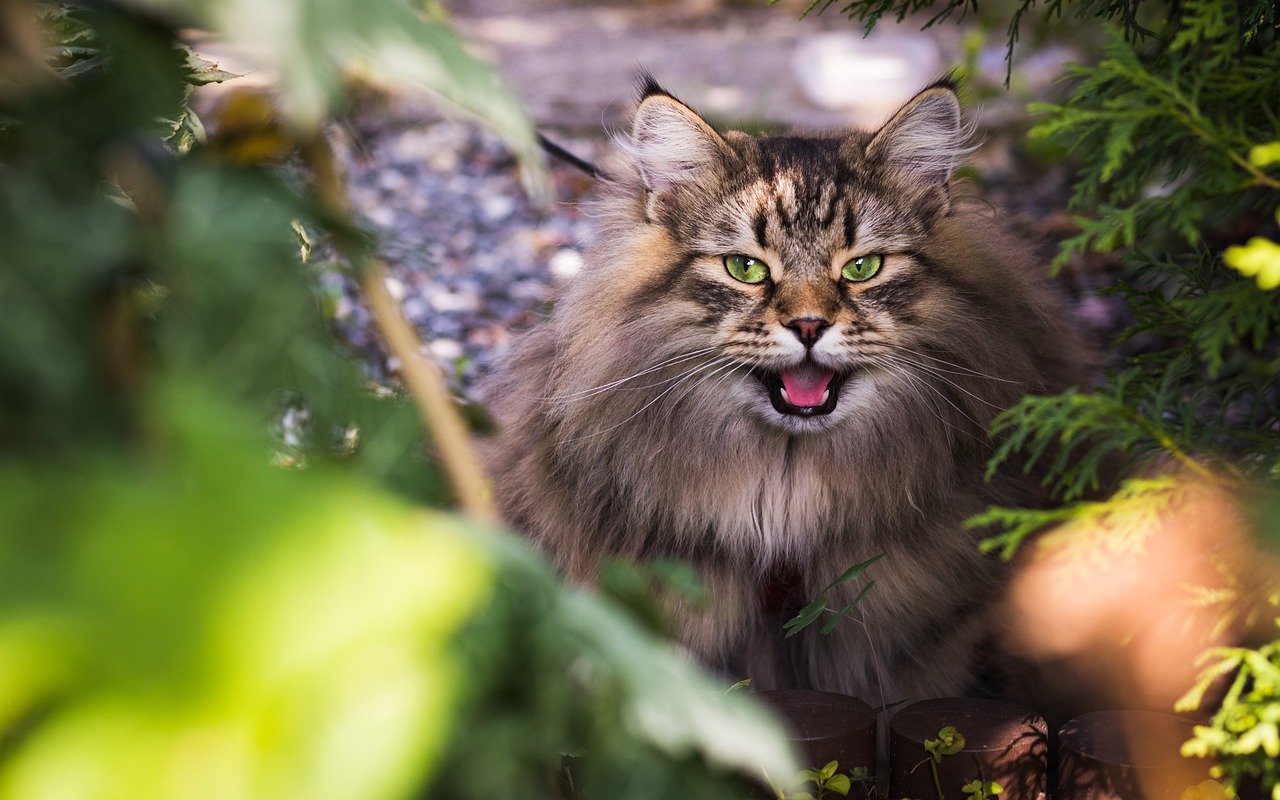
Both domestic and big cats can exhibit fear and aggression, especially when threatened. Domestic cats may hiss or swipe when they feel scared, behaviors that are relatively easy for humans to manage. However, big cats have more intense reactions, often leading to dangerous encounters. Understanding the triggers for fear and aggression in cats can help humans navigate these interactions safely and respectfully.
Grooming: A Symbol of Care
Grooming is a vital part of feline communication, with domestic cats often grooming themselves or their companions as a sign of affection. Big cats also engage in grooming, often as a social activity within their pride or family group. This behavior helps strengthen bonds and maintain hygiene, highlighting the role of grooming in feline communication across species.
Communication in Captivity: Bridging the Gap
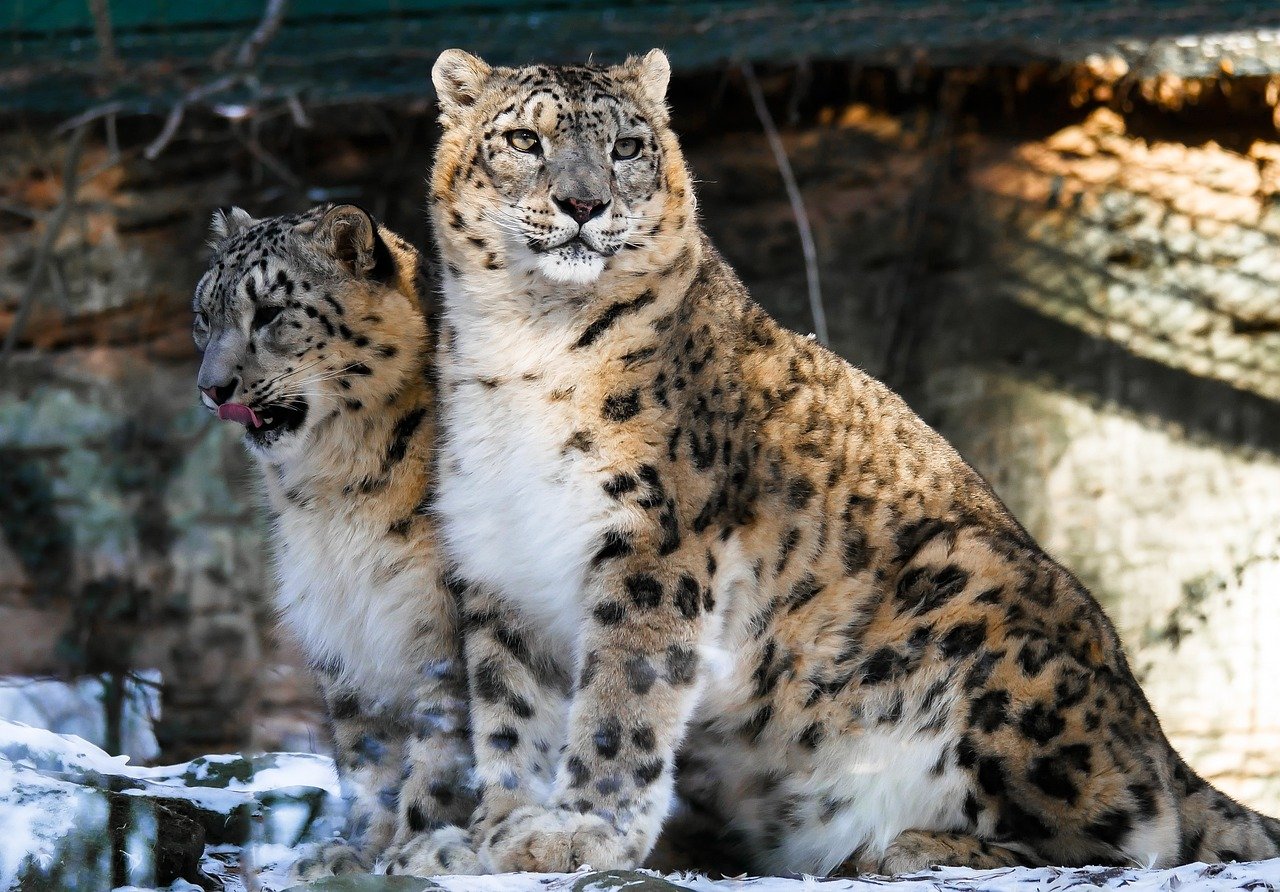
Captive environments provide unique challenges and opportunities for communication between humans and big cats. Caretakers must understand the specific needs and behaviors of each species to ensure their well-being. Enrichment activities and positive reinforcement can help bridge the gap, fostering a better understanding between humans and big cats in captivity.
Conservation Efforts: Preserving Communication
Conservation efforts play a crucial role in preserving the communication behaviors of big cats. By protecting their natural habitats and reducing human-wildlife conflicts, conservationists help ensure that these magnificent creatures continue to thrive in the wild. Understanding the communication needs of big cats is essential for developing effective conservation strategies that benefit both cats and humans.
Human Influence: Shaping Cat Behavior
Human influence has significantly shaped the behavior of domestic cats, leading to a wide range of personalities and communication styles. Selective breeding and domestication have resulted in cats that are more attuned to human interaction. However, big cats remain largely unchanged by human influence, retaining their wild instincts and behaviors. Understanding the impact of human influence on cat behavior can help improve our relationships with both domestic and big cats.
Technology and Communication: New Frontiers

Advancements in technology have opened new frontiers in feline communication, with devices that translate cat vocalizations or monitor their behavior. These tools offer valuable insights into the minds of our feline companions, helping humans better understand their needs and emotions. While still in its infancy, technology holds promise for enhancing communication between humans and cats, both big and small.
Emotions and Empathy: Understanding Feline Feelings
Cats, like humans, experience a range of emotions, from joy to fear. Understanding these emotions is key to fostering empathy and building stronger bonds with our feline friends. Domestic cats often express their emotions through vocalizations and body language, while big cats may have more subtle cues. Recognizing and responding to feline emotions can enhance our interactions and improve the well-being of both domestic and big cats.
The Future of Feline Communication
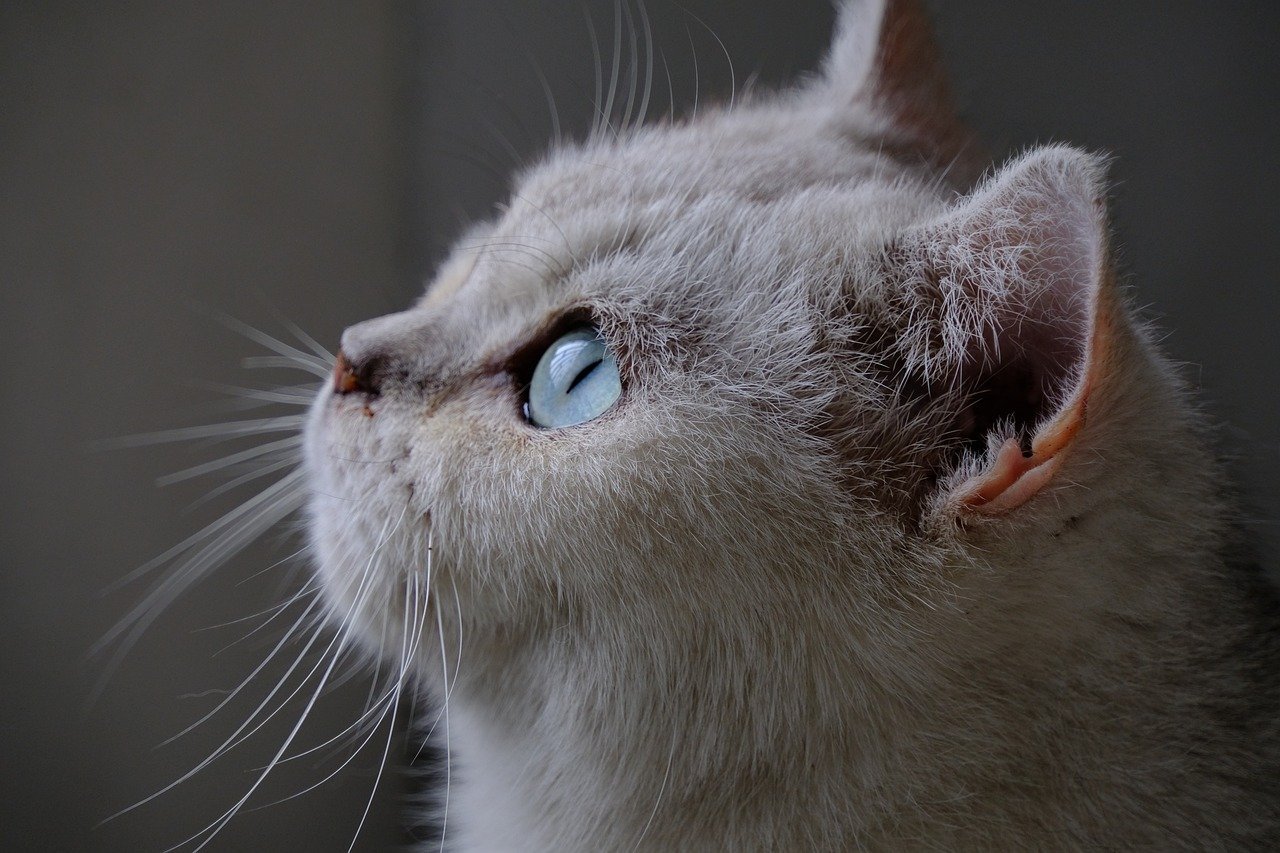
The future of feline communication is promising, with ongoing research and technology paving the way for deeper understanding. As we continue to study the behaviors and needs of domestic and big cats, we can develop more effective strategies for communication and care. This knowledge has the potential to transform our relationships with cats, fostering greater empathy and appreciation for these enigmatic creatures.
Conclusion
Understanding how big cats and domestic cats communicate differently with humans is a fascinating journey into the world of feline behavior. While domestic cats have adapted to life alongside humans, big cats maintain their wild instincts, resulting in distinct communication styles. By appreciating these differences and striving to understand the unique needs of each species, we can build stronger, more meaningful relationships with our feline companions.

Linnea is a born and bred Swede but spends as much time as possible in Cape Town, South Africa. This is mainly due to Cape Town’s extraordinary scenery, wildlife, and atmosphere (in other words, because Cape Town is heaven on earth.) That being said, Sweden’s majestic forests forever hold a special place in her heart. Linnea spends as much time as she can close to the ocean collecting sea shells or in the park admiring puppies.






